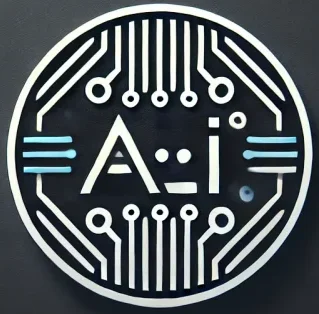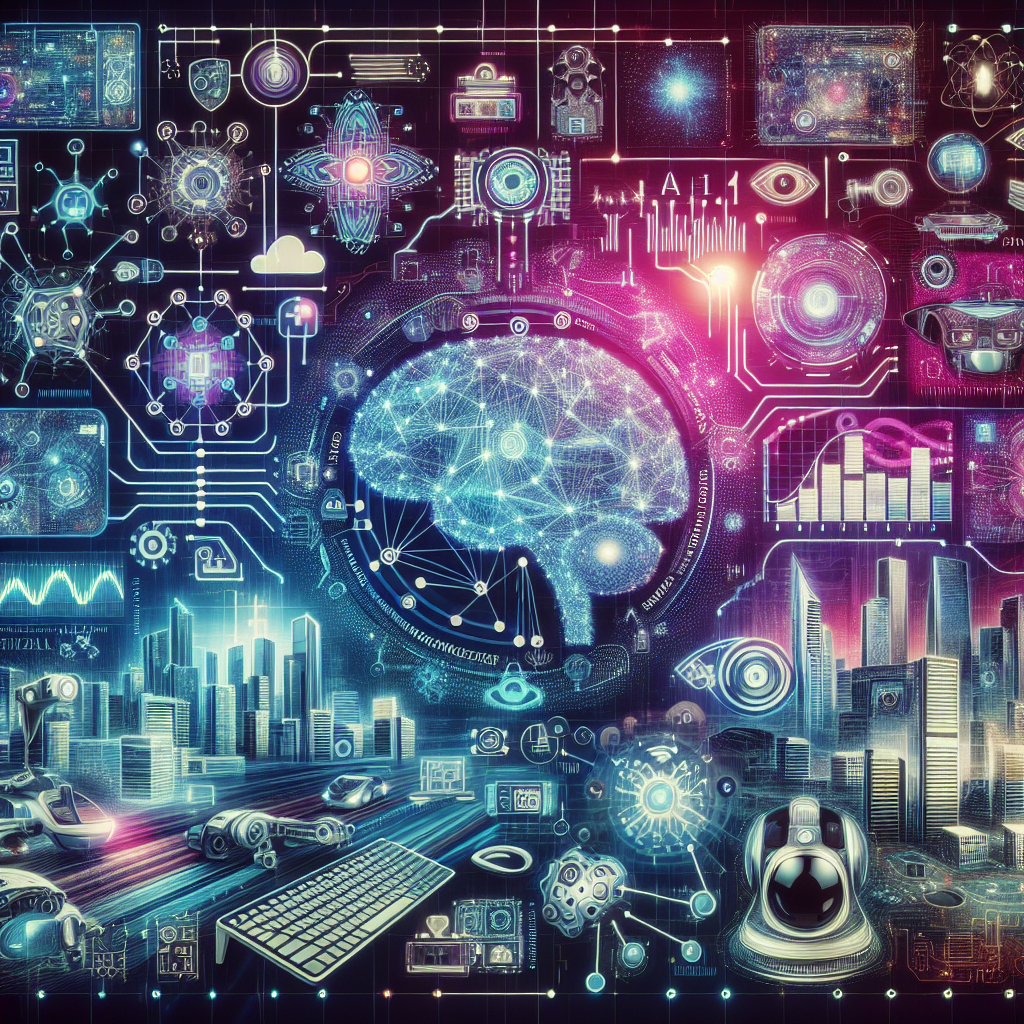### Revolutionizing Industries: The Rise of Generative AI in 2023
**Meta Description**: Explore how Generative AI is transforming industries from healthcare to entertainment in 2023. Dive into the future of AI today!
The realm of artificial intelligence (AI) continues to evolve at a breathtaking pace, with **Generative AI** standing out as one of the most thrilling and transformative trends of 2023. As businesses and creators look to harness the power of AI, Generative AI technologies are increasingly becoming the cornerstone for innovation across various sectors. This technology, which focuses on creating new content—from text and images to music and code—is not just revolutionizing industries; it’s reshaping the very way we create and interact with information.
#### What is Generative AI?
Generative AI refers to the subset of artificial intelligence technologies that can generate new content after learning from a set of data. This can include anything from drafting emails to composing orchestral pieces, making it a versatile tool across numerous domains.
#### Key Applications of Generative AI in Industries
##### Healthcare
– **Personalized Medicine**: Generative AI models can analyze patient data to suggest customized treatment plans.
– **Drug Discovery**: AI can rapidly generate predictions on molecule interactions, speeding up the discovery of new drugs.
##### Entertainment
– **Game Development**: AI algorithms can create realistic, dynamic environments and character behaviors, enhancing the gaming experience.
– **Film Production**: From scriptwriting to virtual cinematography, AI is opening new creative pathways in filmmaking.
##### Finance
– **Risk Assessment Models**: AI tools help in predicting market trends and assessing investment risks with greater accuracy.
– **Fraud Detection**: Generative AI can learn from transaction patterns to help identify and prevent potential frauds.
##### Education
– **Customized Learning Materials**: AI systems can design personalized educational content based on a student’s learning pace and style.
– **Automation of Administrative Tasks**: AI can automate scheduling, grading, and reporting, allowing educators to focus on teaching.
#### Benefits of Generative AI
– **Enhanced Creativity**: AI can assist in pushing the boundaries of human creativity by providing new perspectives and ideas.
– **Increased Efficiency**: Automating routine tasks speeds up processes and frees up human workers for complex tasks.
– **Scalability**: AI can handle increasing amounts of work without the need for proportional increases in human labor.
#### Challenges and Considerations
While the advantages are significant, the deployment of Generative AI also involves several challenges:
– **Ethical Concerns**: Issues like data privacy, consent, and the potential for generating misleading information.
– **Quality Control**: Ensuring the AI-generated content meets quality standards can be challenging.
– **Dependency and De-skilling**: Over-reliance on AI could lead to skill degradation in the workforce.
##### Future Trends in Generative AI
As we look toward the future, several trends are likely to shape the development and adoption of Generative AI:
– **Integration with IoT**: Combining AI with IoT devices could lead to smarter, more responsive environments.
– **Advancements in Natural Language Processing**: This will improve how machines understand and generate human-like text.
– **Ethical AI Frameworks**: Developing comprehensive guidelines to manage the ethical implications of AI.
### Conclusion
Generative AI is not just a fleeting trend—it’s a potent tool that is already shaping the future of multiple industries. As we continue to explore and expand the capabilities of this technology, the potential for innovation is boundless. Whether you’re a business leader, a creative professional, or just an enthusiast, staying informed about the advancements in AI is crucial.
**Ready to harness the power of Generative AI in your industry? Contact us today to discover how our AI solutions can transform your business operations and drive innovation. Don’t let the future pass you by—embrace the potential of AI now!**

